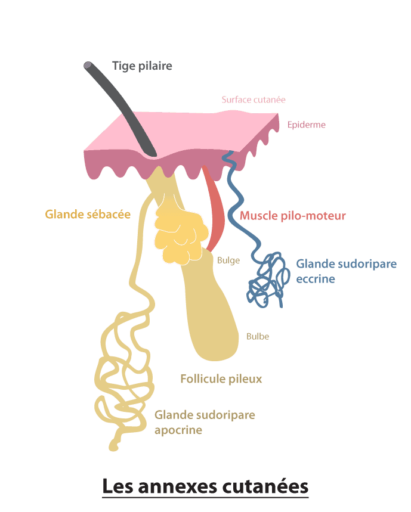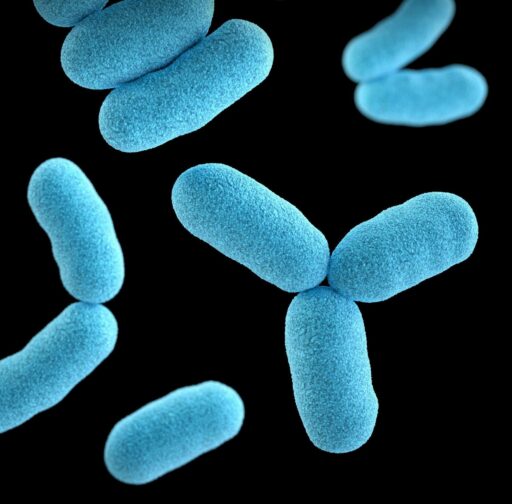Have you ever arrived sweaty or rumpled at the office, in your shirt or your blouson, after walking just 15 minutes to the Underground?
Of course it is! Because our perspiration is linked to our activity and stress levels, we're just as concerned by this problem when leading our hectic lives in the city as when we're playing sport. The challenge is to remain presentable afterwards in front of our customers or our team!
How should you dress to avoid sweating and still look smart? What materials should you use? We're tackling the subject today to help you avoid shirts that stick to your skin in future!
Why do we sweat? And how do we sweat?
Perspiration is the body's way of regulating its temperature around 37°C. Following physical exertion, exposure to heat or even stress (the body anticipates the rise in temperature associated with fighting or fleeing!), a natural mechanism is put in place.
At the behest of our hypothalamus, our 3 million sweat glands in the dermis activate to trap body heat in tiny droplets and evaporate them through the pores of the epidermis. This evaporation cools the body (if our clothes don't get in the way!) and lowers our temperature.

Sweat glands are distributed throughout the body, but are more concentrated on the soles of the feet, the palms of the hands, the forehead, the armpits and the chest. That's why we sweat more in these areas.
They are of two types.
First are the ecrine glands, the most numerous. They evacuate an average of 0.8 litres of perspiration per day, through the pores of the skin. The liquid evacuated is 99% water and mineral salts.
The apocrine glands, on the other hand, are located under the armpits and around the pubis. They are attached to a hair and not a pore. They eliminate a few millilitres a day of a more viscous liquid (it includes sebum), rich in proteins and even pheromones.
Perspiration has no smell! But the bacteria present on our skin (over 10 million staphylococci or corynebacteria in our armpits alone) feed on the proteins in the liquid of the apocrine glands...and produce foul-smelling waste when they go into decomposition! Obviously, hair, folds and poorly ventilated environments will accentuate this unfavourable environment.

Recently, a team of researchers from Oxford University even discovered that this ‘waste’, which is very light and therefore very volatile, travels. They are transported by our natural vapours thanks to a protein produced by our own perspiration (https://elifesciences.org/articles/34995).
To sum up, this is a educational film very well made by Geneva hospitals.